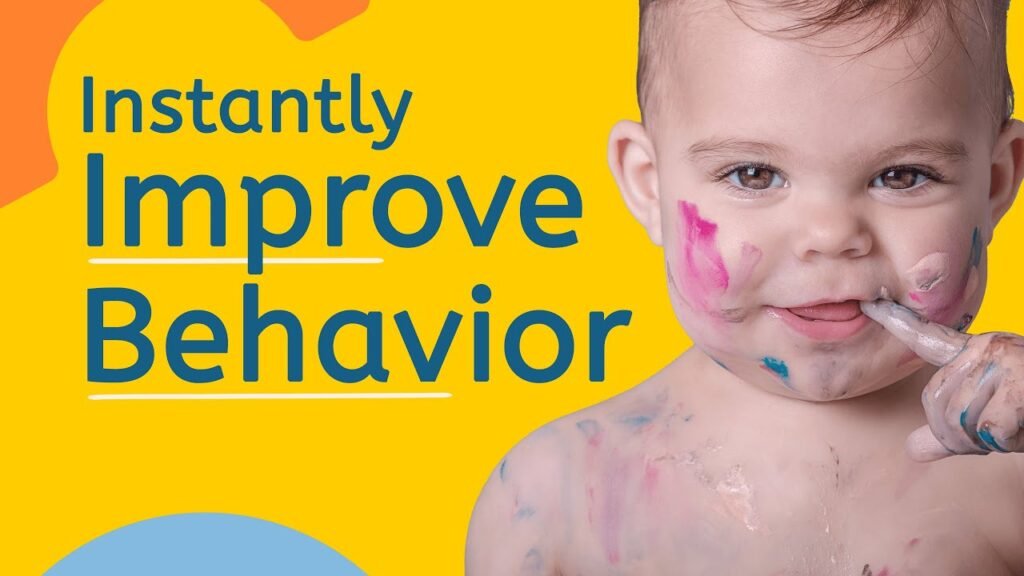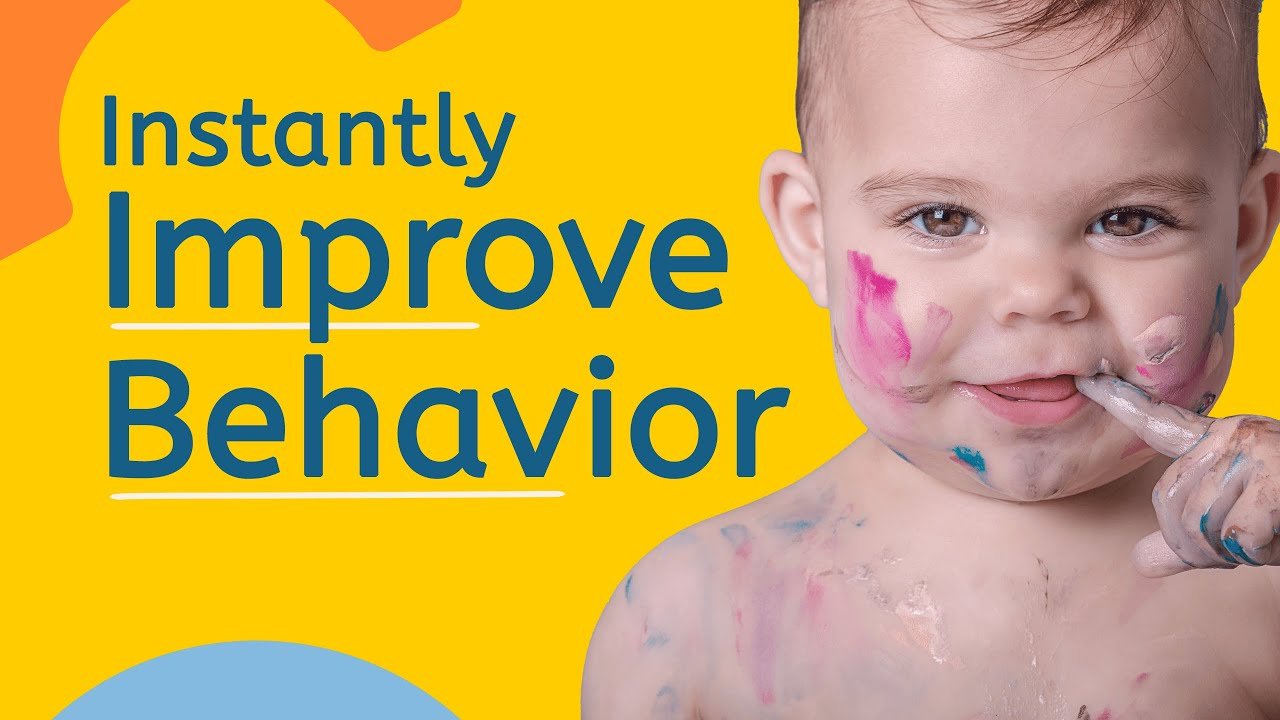When trying to redirect your child’s behavior, it’s important to avoid using phrases like “No” or “Don’t do that.” These phrases can actually encourage the undesired behavior instead of stopping it. Instead, remain calm and tell your child what they should be doing instead of what they shouldn’t be doing. By using a calm voice and neutral face, you can effectively teach your child the desired behavior and reduce tantrums.
Parents often unintentionally reinforce undesirable behavior by using ineffective discipline techniques. Instead of just telling your child what not to do, focus on teaching them what to do instead. By providing clear guidance and using natural consequences when necessary, you can help your child learn appropriate behaviors and reduce instances of tantrums.
Understanding the Problem
Effects of saying ‘No’
When parents use the phrases “No, stop, or don’t do that” in an attempt to stop their child’s undesirable behavior, it often has the opposite effect. Instead of deterring the behavior, it can actually encourage the child to continue engaging in it. This is because the attention and reaction received by the child when these phrases are used can be seen as entertaining or engaging, leading the child to repeat the behavior.
Why it doesn’t work
Saying “No, stop, or don’t do that” alone is not an effective discipline technique for toddlers. This approach lacks clarity and guidance for the child on what they should be doing instead. It also fails to address the root causes of the behavior, such as a lack of understanding or communication skills on the child’s part. Without clear direction and positive reinforcement, the undesirable behavior is likely to persist.
The Power of Positive Reinforcement
Encouraging desired behavior
Positive reinforcement involves rewarding or praising the child’s desired behavior to encourage its repetition. By focusing on what the child is doing right and offering positive feedback, parents can create a supportive environment that motivates the child to continue behaving in a positive manner.
Importance of positive feedback
Positive feedback helps build the child’s self-esteem and confidence. It reinforces the connection between good behavior and positive outcomes, promoting a sense of accomplishment and motivation to engage in more positive actions. By emphasizing and celebrating the child’s successes, parents can establish a cycle of positive reinforcement that encourages continued growth and development.
Effective Communication Strategies
Using clear and simple language
When communicating with children, it is essential to use clear, simple language that is easy for them to understand. Avoiding complex explanations or vague commands can help ensure that the child grasps the message and knows what is expected of them. Clear communication fosters mutual understanding and promotes effective cooperation between parents and children.
Offering alternatives instead of restrictions
Rather than focusing solely on what the child should not do, it is beneficial to provide alternative options or solutions. By offering constructive alternatives to undesirable behaviors, parents empower children to make positive choices and learn appropriate ways to express themselves. Redirecting the child’s attention towards more favorable activities can help prevent conflicts and promote harmonious interactions.

Positive Parenting Techniques
Remaining calm and composed
Maintaining a sense of calmness and composure is crucial when addressing challenging behaviors. By staying composed, parents can model emotional regulation and demonstrate patience in handling difficult situations. A calm demeanor can help de-escalate conflicts and create a conducive environment for effective communication and problem-solving.
Modeling the desired behavior
Children learn by observing and imitating the actions of others, especially their parents. By modeling the desired behavior themselves, parents can set a positive example for their children to follow. Demonstrating patience, kindness, and respectful communication can help instill similar values in children and guide them towards appropriate conduct.
Establishing Clear Expectations
Setting boundaries and rules
Establishing clear boundaries and rules provides children with a sense of structure and guidance. Clear expectations help children understand what is acceptable behavior and what is not, fostering a safe and consistent environment for their development. By setting boundaries, parents communicate their values and expectations, promoting mutual respect and understanding.
Consistency is key
Consistency in enforcing rules and boundaries is essential for effective discipline. Children thrive in environments that are predictable and structured, where outcomes are consistent and consequences are fair. By maintaining consistency in their responses and reactions, parents can reinforce the importance of following rules and encourage positive behavior in children.
Using Natural Consequences
Learning through experience
Natural consequences are the outcomes that naturally result from a child’s actions. By allowing children to experience the consequences of their choices, parents can help them learn valuable lessons and develop a better understanding of cause and effect. Natural consequences highlight the direct link between behavior and outcomes, promoting accountability and self-regulation in children.
Connecting actions with consequences
When children experience natural consequences, they can better understand the impact of their actions on themselves and others. By linking specific behaviors with their corresponding outcomes, parents help children recognize patterns and make informed decisions in the future. Connecting actions with consequences teaches children about responsibility and the importance of making mindful choices.
Teaching Desired Behavior
Demonstrating expected behavior
Showing children how to behave appropriately through demonstration and guidance can enhance their understanding and imitation of positive actions. By actively engaging in the desired behavior alongside the child, parents provide a visual model for children to emulate. Demonstrating expected behavior reinforces the message and encourages children to practice and incorporate those behaviors into their own actions.
Reinforcing positive actions
Recognizing and reinforcing positive actions with praise and encouragement is an effective way to motivate children to continue behaving in desirable ways. By acknowledging their efforts and achievements, parents reinforce the value of good behavior and foster a sense of accomplishment in children. Reinforcing positive actions creates a supportive and nurturing environment that promotes ongoing growth and development.
Strategies for Handling Tantrums
Taking a time-out
When faced with a child’s tantrum, it can be helpful for parents to take a brief break or time-out to regain composure. Stepping away from the situation allows parents to collect their thoughts, manage their emotions, and respond calmly to the child’s behavior. Taking a time-out can prevent escalating conflicts and promote constructive interactions with the child.
Distraction techniques
Redirecting the child’s attention towards a different activity or topic can help diffuse tantrums and shift focus away from negative behaviors. By engaging the child in a new, engaging task or offering an alternative point of interest, parents can effectively distract the child from the tantrum-triggering situation. Distraction techniques can help de-escalate emotional outbursts and promote a more positive and cooperative interaction.
Involving the Child in Problem-Solving
Encouraging autonomy and responsibility
Involving children in the problem-solving process empowers them to take ownership of their actions and decisions. By encouraging autonomy and responsibility, parents foster independence and critical thinking skills in children. Allowing children to participate in finding solutions to challenges promotes their sense of agency and self-efficacy.
Teaching problem-solving skills
By guiding children through problem-solving exercises, parents help them develop essential critical thinking and decision-making skills. Teaching children how to identify problems, brainstorm solutions, and evaluate outcomes equips them with valuable problem-solving strategies for navigating challenges. Encouraging children to think creatively and problem-solve effectively builds resilience and confidence in handling difficulties.
Celebrating Progress and Success
Acknowledging improvement
Recognizing and celebrating the progress and efforts made by children reinforces positive behavior and motivates continued growth. By acknowledging incremental achievements and milestones, parents show appreciation for the child’s dedication and hard work. Celebrating progress encourages children to persist in their endeavors and boosts their confidence and self-esteem.
Rewarding positive behavior
Rewarding positive behavior with incentives or privileges can reinforce desired actions and outcomes. Offering meaningful rewards for good behavior encourages children to strive for excellence and maintain a positive attitude. By linking positive behavior with tangible or intangible rewards, parents create a positive reinforcement system that inspires children to continue demonstrating good conduct and achievements.
In conclusion, effective discipline and behavior management strategies for children involve a combination of positive reinforcement, clear communication, consistent expectations, and constructive problem-solving techniques. By understanding the underlying reasons behind undesirable behaviors and employing supportive approaches to address them, parents can foster a harmonious and nurturing relationship with their children. Encouraging positive behavior, teaching essential skills, and celebrating achievements can empower children to thrive and develop into confident, responsible individuals.

